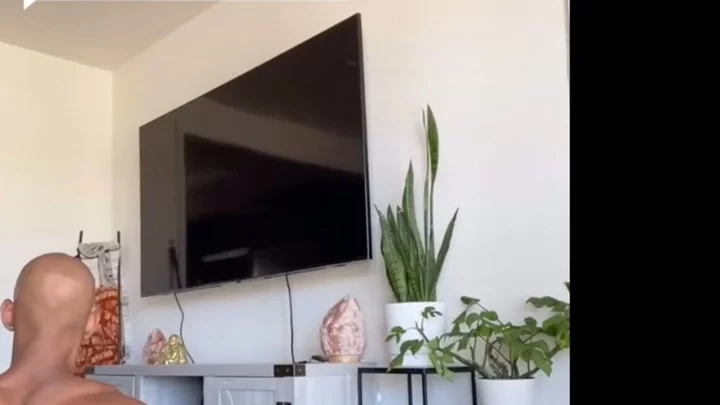Ever wondered how optical illusions actually work? Wonder no more.
A new study by University of Exeter visual ecologist Jolyon Troscianko, and neuroscientist Daniel Osorio from the University of Sussex in the UK has weighed in on the debate over whether we perceive things weirdly because of certain errors in the ways our brain processes colour, shade, and shape or because of our eye's function or the brain's neurological wiring.
They reckon it is all in the eyes. The pair found ways our visual neurons – cells that process information coming in from the eyes – work, showing how they can affect our perception of patterns on different scales.
"Our eyes send messages to the brain by making neurons fire faster or slower," said Troscianko.
"However, there's a limit to how quickly they can fire, and previous research hasn't considered how the limit might affect the ways we see colour."
Sign up to our free Indy100 weekly newsletter
The new model suggests limits in processing and metabolic energy force neurons to compress visual data coming in through our eyes when looking at simple patterns.
"Our model shows how neurons with such limited contrast bandwidth can combine their signals to allow us to see these enormous contrasts, but the information is compressed – resulting in visual illusions," said Troscianko.
"The model shows how our neurons are precisely evolved to use every bit of capacity."
Have your say in our news democracy. Click the upvote icon at the top of the page to help raise this article through the indy100 rankings.

